In Spring of 2015, a fellow piano teacher and I were having a conversation during which she told me how much she has benefited from taking Alexander Technique lessons in the past. She spoke so highly of the experience, stating that everyone — not just musicians — should consider taking at least three months of Alexander lessons. In fact, she told me I was lucky in that there is an Alexander Technique teacher in my area, because there isn’t one in the major city where she currently lives.
Her enthusiasm intrigued me, as did her bold statement regarding the benefits of the Alexander Technique. So, I decided to follow her suggestion to take lessons for three months, just to satisfy my curiosity.
As of this writing, I’ve been taking Alexander Technique lessons for over a year-and-a-half. I’m completely hooked, and I have no intentions of stopping lessons anytime soon.
The Alexander Technique’s way of looking at all movement in life — not just “posture”, and not just one’s physical approach to the piano — has been revolutionary for me. It changes the way I move and the way I think about moving as I go about each day. I see things differently in other people, too — I recognize unique tendencies and movement patterns in others, including my piano students.
In this blog post, I’m going to share with you:
- What the Alexander Technique is.
- What a typical lesson in the Alexander Technique is like.
- How users of the Alexander Technique think differently about movement.
- The potential the Alexander Technique has to help pianists and piano teachers.
- Takeaways for piano teachers reading this article.
What is the Alexander Technique?
The Alexander Technique is sometimes referred to as “the AT” or “the Technique”.
“The Alexander Technique is a subtle method of integrating mind and body in such a way that each functions with maximum efficiency and ease and minimum stress and tension. The Technique is an educational process, which provides an individual with the means to identify and change habits and attitudes interfering with ‘the proper use of oneself.’
“The Technique was developed in the late 19th century by F.M. Alexander [1869-1955], a Shakespearean orator. Having lost his voice, Alexander undertook an intensive program of self-observation that lasted for nearly a decade in order to discover the source of his problem. In the process, he not only regained his voice but also laid the foundation for the Alexander Technique” (source).
The Alexander Technique is useful not only for musicians. Nor is it useful only for individuals experiencing carpal tunnel, back pain, or other difficulties. It is sought out by speakers, athletes, actors, dancers, public speakers, and — in short — anyone interested in personal development and improving performance ability.
Individuals who use the AT pay increased attention to their bodies as they move in their everyday lives. They learn to recognize less-than-optimal habitual patterns and strive to “not do” them. This activity of “not doing” is referred to as “inhibition.”
Perhaps most importantly:
Practitioners of the AT recognize that there is no existence of a “correct position”; there is only the possibility of “good use” in activity. The goal is ease, freedom, and efficiency.
AT teachers are highly trained and skilled. An AT teacher observes the whole body, looking to determine what unnecessary muscle tension is present as an individual carries themselves — whether in movement or sitting in a chair. Through verbal directives paired with skilled physical contact for feedback, an AT teacher coaches the individual towards increased kinesthetic awareness and ability to “think in activity”. The “basic directions” practitioners of the AT remind themselves of are: “Let the neck be free, allow the head to go forward and up, and allow the back to lengthen and widen.” An AT teacher helps the individual recognize his/her habitual patterns and learn to inhibit them.
Over time, as experience with inhibiting is built, the student can increasingly reproduce the same “not doing” experience into daily life activities.
Meet my Alexander teacher, Nancy Crego. Nancy has a great interest in helping piano teachers explore the useful applications of the Alexander Technique to piano playing.
Continue reading “Why I Take Lessons in the Alexander Technique as a Piano Teacher” →



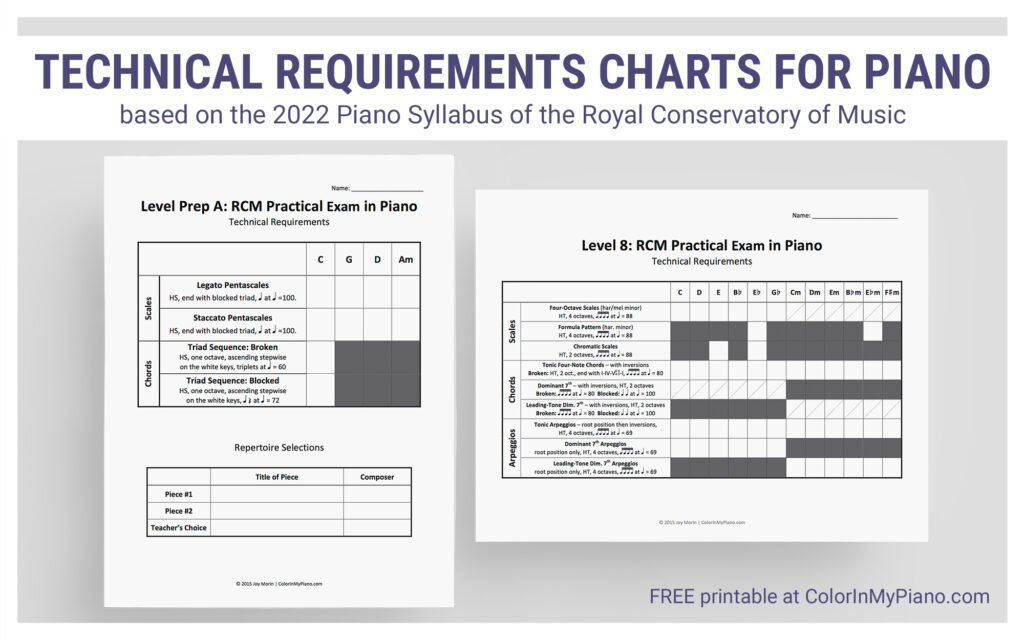




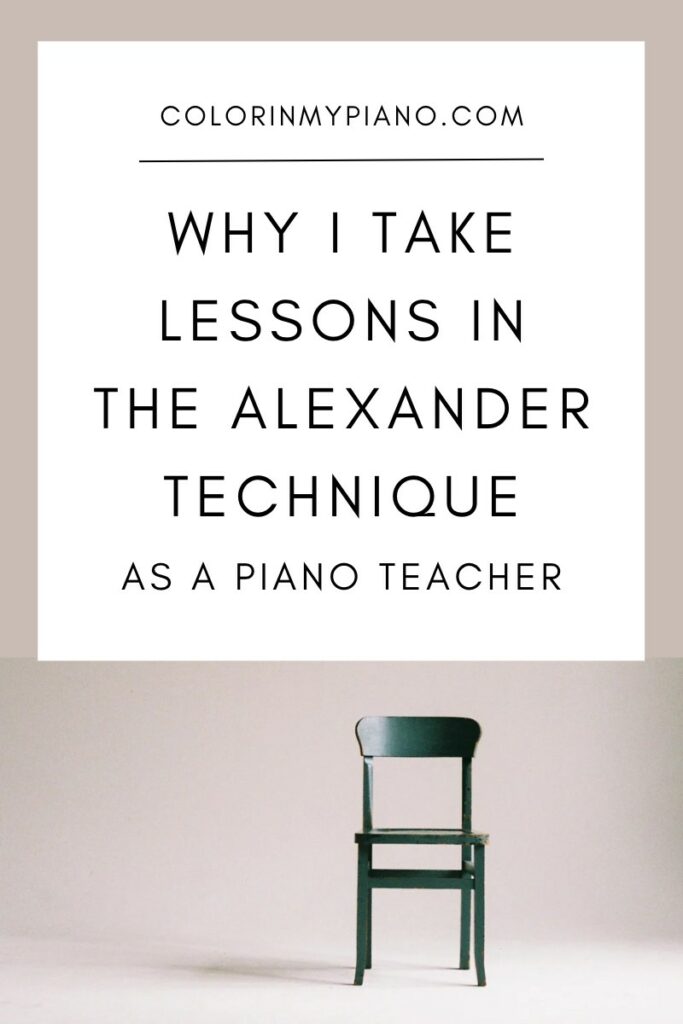




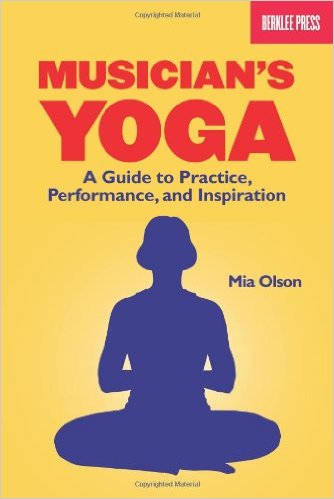

 I like doing yoga in the evening, as a way to wind down before going to bed. Sometimes, I’ll also do a few stretches in the morning or at various points in the day when I feel I need it.
I like doing yoga in the evening, as a way to wind down before going to bed. Sometimes, I’ll also do a few stretches in the morning or at various points in the day when I feel I need it.
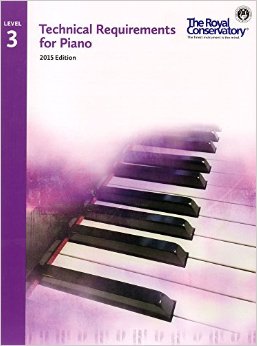

 Here is the backstory.
Here is the backstory. RCM’s non-profit publishing company, Frederick Harris, publishes a variety of wonderful books to aid students in preparing for assessments (most notably, the piano literature books known as the
RCM’s non-profit publishing company, Frederick Harris, publishes a variety of wonderful books to aid students in preparing for assessments (most notably, the piano literature books known as the 

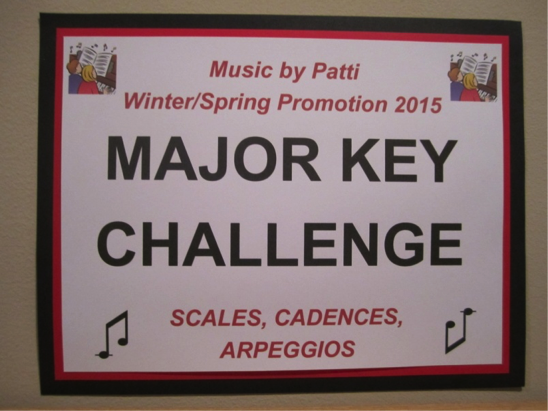
 Piano teacher Patti Bennett from Georgia came up with an awesome way to use the music keys printable I created back in 2013 (
Piano teacher Patti Bennett from Georgia came up with an awesome way to use the music keys printable I created back in 2013 (






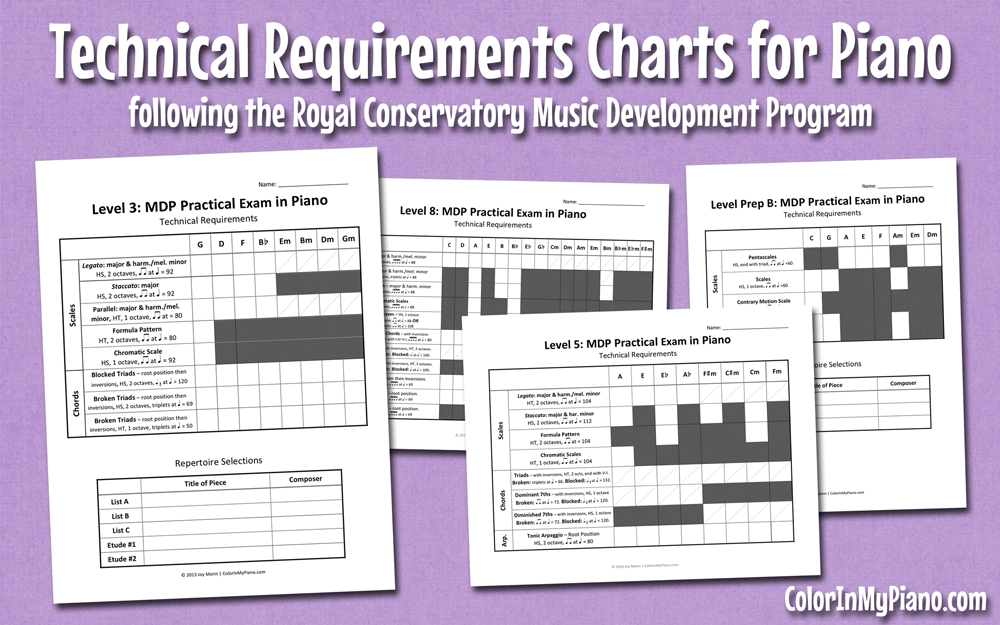

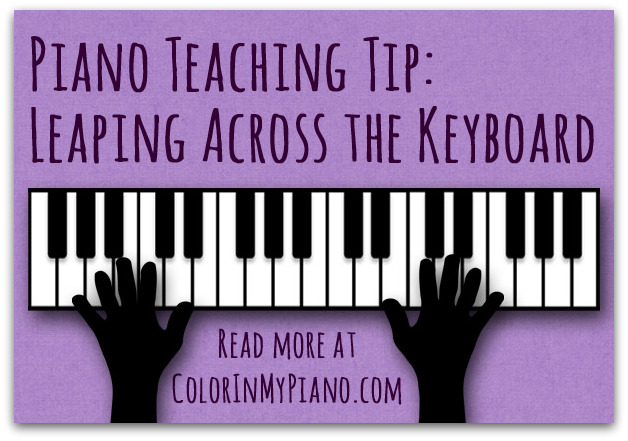
 Even from the beginning, the pieces in most modern piano method books require the student to move around the keyboard quite a bit. Older piano methods (at least, the ones that utilize the Middle C reading approach) require the student to stay around the middle of the piano during the entire first level, or even further in some cases. I’m glad modern methods require the student to move around the keyboard, because this because it helps student become familiar and comfortable with the whole keyboard from day one instead of inadvertently teaching the student that anything away from the middle of the piano is “hard.”
Even from the beginning, the pieces in most modern piano method books require the student to move around the keyboard quite a bit. Older piano methods (at least, the ones that utilize the Middle C reading approach) require the student to stay around the middle of the piano during the entire first level, or even further in some cases. I’m glad modern methods require the student to move around the keyboard, because this because it helps student become familiar and comfortable with the whole keyboard from day one instead of inadvertently teaching the student that anything away from the middle of the piano is “hard.”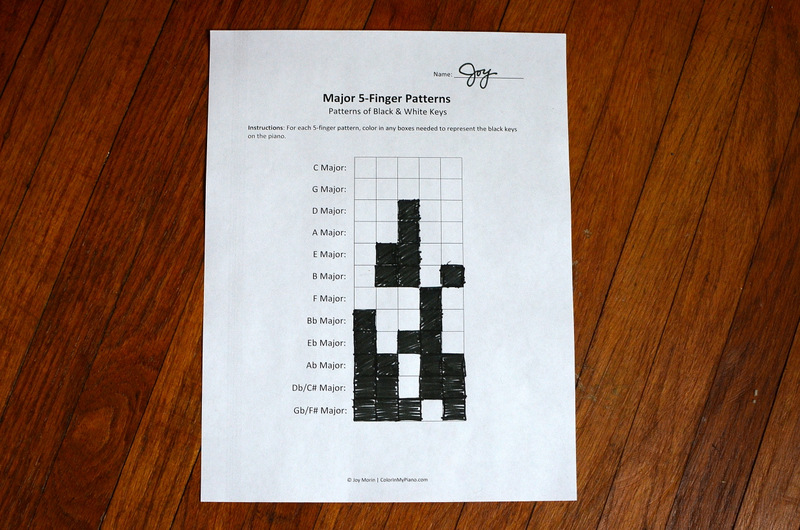
 Every teacher approaches technique exercises a little bit differently. I usually start teaching students 5-finger patterns (aka pentascales) during the first month or two of study. I start by assigning the C Major 5-finger pattern (5FP) and sometimes G Major along with it. Every week or every-other-week, I add a new 5FP to their list, following the Circle of 5ths.
Every teacher approaches technique exercises a little bit differently. I usually start teaching students 5-finger patterns (aka pentascales) during the first month or two of study. I start by assigning the C Major 5-finger pattern (5FP) and sometimes G Major along with it. Every week or every-other-week, I add a new 5FP to their list, following the Circle of 5ths.